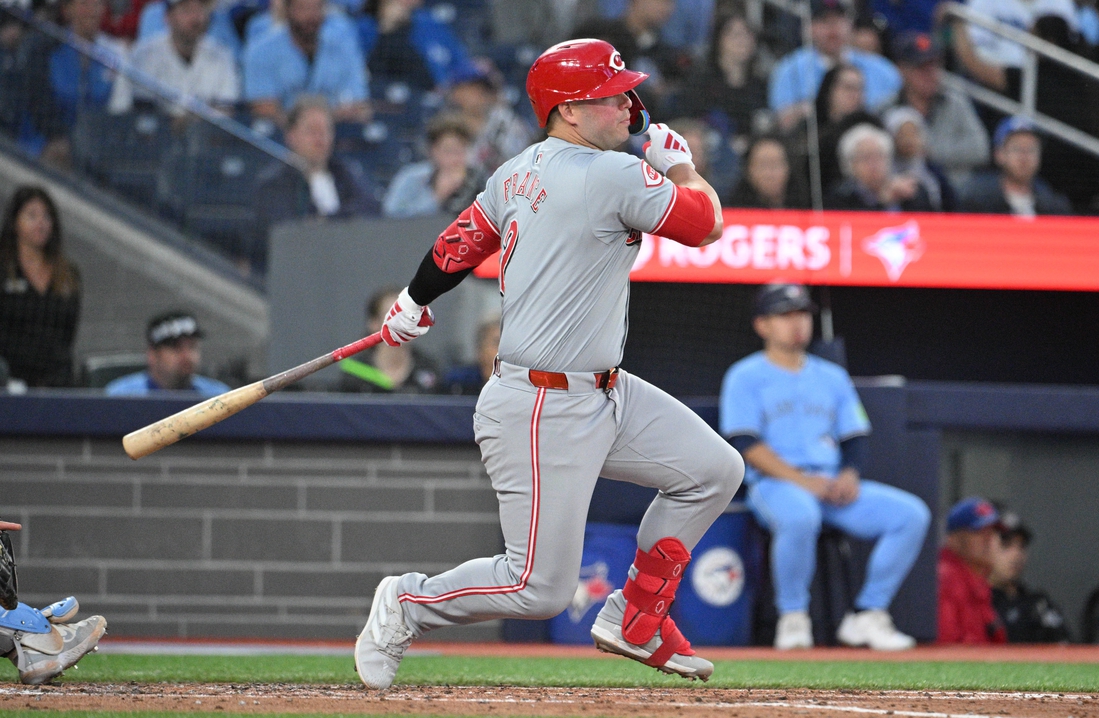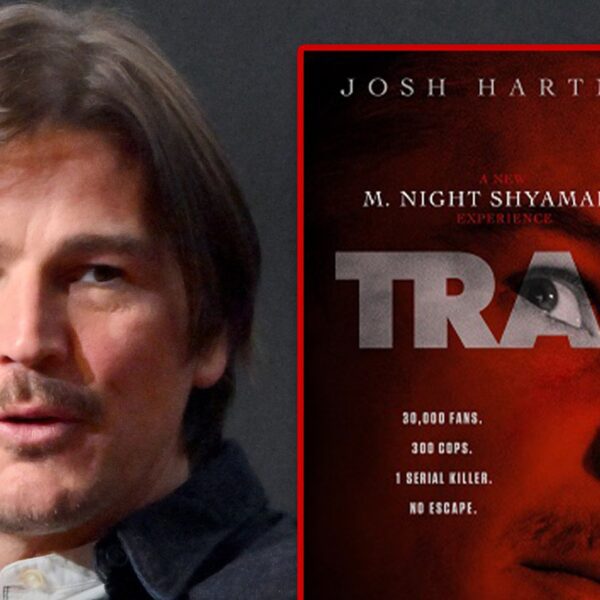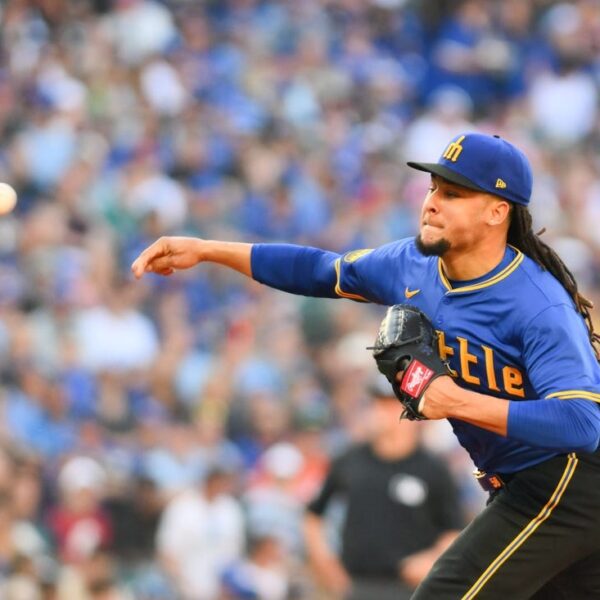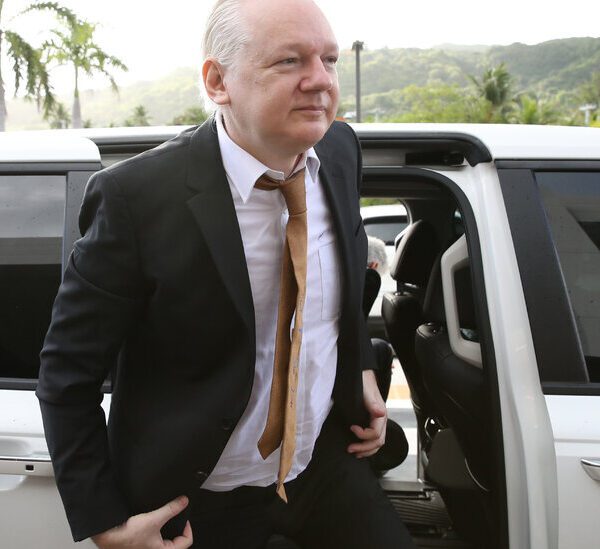Will Edgar Bronfman knock down David Ellison? Image Source/DigitalVision via Getty Images
The Bronfman bid
As first reported by the WSJ, investor Edgar Bronfman Jr. has submitted his anticipated bid for Paramount (NASDAQ:PARA) (NASDAQ:PARAA), but importantly mainly for the control of Paramount through a proposed acquisition of Shari Redstone’s National Amusements, which holds the majority of the voting PARAA shares.
The proposal does not include an acquisition of the remaining PARAA shares not held by NAI, nor does it include any bid for the non-voting PARA shares.
In a nutshell, Bronfman wants to assume Shari Redstone’s current position in Paramount by matching Skydance’s offer for her holding company, while keeping the current capital structure as it is. Paramount would continue to have two share classes on the stock market and neither PARAA nor PARA shareholders would get a chance to cash out a single share at a premium, while having a new controlling shareholder.
In addition, just like Skydance, Bronfman proposes to inject $1.5B of liquidity into Paramount, which could be used to reduce debt. The news reports did not include the exact conditions of this cash injection, but I assume that Bronfman again simply matches the Skydance deal, i.e. he would acquire 100 million of newly issued PARA shares.
Effectively, as reported, Bronfman himself seems to see the attractiveness of his own proposal mainly in the fact that it does not include something like the highly dilutive Skydance acquisition, i.e. current shareholders keep a larger slice of the pie.
Finally, given the hefty (and in my opinion totally unjustified) break-up fee imposed upon Paramount by Skydance, Bronfman would also pay $400 million to Skydance in order to get Paramount out of its existing contracts with David Ellison’s company.
All in all, he would pay $2.4B for NAI, $1.5B for new PARA equity and $0.4B to Skydance, for a total of $4.3B.
Implications and caveats of the Bronfman bid
Since Paramount has already telegraphed that it would extend the go-shop period for rival offers in the event of a Bronfman bid, there is still time for a bidding war – and the Bronfman bid, at least at first sight, effectively looks like a prelude to it. Bronfman simply eliminates excessive dilution from the Skydance deal and nothing more, so there might be room for an improvement, especially if Skydance submits a second offer.
For example, Skydance could propose to buy out more of the currently outstanding PARA shares for the same $15 price as previously offered or even for a somewhat higher price. Bronfman would then have to improve his offer to have a chance.
However, I would put the chance of a bidding war at less than 30%. Paramount’s special committee has already signed off on the highly dilutive Skydance acquisition, which means that it officially considers the purchase of David Ellison’s company to be a value-accretive addition to Paramount – even as it entails massive dilution. If the committee accepted a very similar bid without the Skydance acquisition included, it would effectively highlight that buying Skydance was just a necessary compromise to get the NAI acquisition by Skydance over the finish line.
On the other hand, the Bronfman proposal could offer the special committee and Shari Redstone the chance to get out of a deal that brings a lot of litigation risks with it. (This is probably what Bronfman is betting on.)
But then, looking at it from another angle, even without accepting it, the Bronfman bid could also limit such litigation risks, as Paramount can use it to prove that there was nobody offering a higher valuation for their company than Skydance.
Implications for shareholders, if Bronfman succeeds
If Bronfman killed the Skydance deal with his current proposal, the effect on PARAA shares would likely be dramatic, as they are currently hovering slightly above Skydance’s proposed cash-out price of $23 per share. (The market was probably expecting a slim chance of a higher offer by Bronfman.) Without any near- or mid-term buy-out perspective, having voting rights would not imply greater value for those shares anymore, and I would expect them to lose much of their premium over the non-voting shares.
The effect on PARA shares is more complicated. On the one hand, there would be far less dilution, but on the other hand, no near-term cash-out event, even if only partial. The market would need to evaluate Paramount again based upon its business prospects alone.
With $1.5B lower debt and the DTC business moving into profitability, while earnings estimates already now hover between $1.50 and $2 per share for the next few years, I would personally expect Paramount to reach a valuation of $15 per share rather quickly, which is the price offered by Skydance for a partial buy-out. This means that there is probably no added near-term value in the Skydance proposal at all – except for PARAA shareholders.
A big caveat would concern management: While the market appears to be very bullish on a Skydance-managed Paramount, it remains to be seen what it thinks about Bronfman, who has a rather confusing track record of multiple M&A transactions mainly (but not only) in the media space, with a previous focus on the music business, little experience in the filmed content sector, and certainly less deep pockets than the consortium supporting David Ellison.
Why I sold Paramount
Overall, I believe Paramount is fundamentally undervalued and especially PARA shareholders would probably be better off under a Bronfman-controlled leadership. That said, I also believe the road towards the realization of that value is long and arduous.
Both potential new owners bring with them a load of risks. While we got some sort of broad vision for a new Paramount under David Ellison, we don’t know anything at all about Bronfman’s ideas. In both cases, non-voting shareholders would likely still face a controlling shareholder able to force upon them unpopular (and maybe self-enriching) decisions.
The case of Skydance is particularly tricky: First of all, the upside is certainly capped at the warrant execution price of $30.50. For a long time, the market won’t go above that level for sure, as it would trigger another massive equity issuance of 200 million new shares (currently 30% of the company!) to Skydance. Moreover, until the deal closes about one year from now, the upside is likely capped at $15 for PARA and $23 for PARAA, which are the proposed cash-out prices for 100% of PARAA shares and 48% of PARA shares.
Those price levels imply some tricky issues themselves: For example, if the current CEO triumvirate had the chance to do a very positive deal (a streaming JV or an asset sale) within a few months, that would “risk” to propel PARA above $15 – would it be done? Would the triumvirate do what is right for its current shareholders, or what is best for its future controlling shareholder? If such a deal was done, the effect would be that nobody would tender a single share to Skydance one year from now, a much undesirable outcome for David Ellison. This is why I believe the stock is unlikely to move above $15 minus x before the deal closes, whereby x will be large enough to push shareholders into tendering their shares. Effectively, the lower the share price before the tender, the dumber it would be not to tender, as shareholders could speculate on repurchasing their tendered stock right after the tender for a much lower price.
Unfortunately, Skydance has been very smart in structuring the deal in a way that makes the stock very unattractive in the near term, thus enhancing its chances to get as many shares as possible. On this backdrop, I would not expect it to act minority-friendly in the future, either.
Overall, as the chance materialized to move my funds to a very attractive, probably even more undervalued micro cap, I decided to sell my Paramount stake. I might regret the sale if a bidding war starts between Bronfman and Skydance, but I don’t really expect more than minor tweaks to their initial bids.














